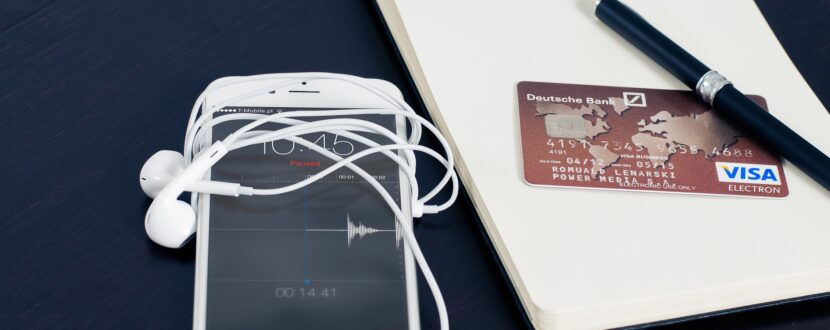The digital payments landscape is rife with innovative solutions, aimed at streamlining and enhancing the user experience. While this has brought about a plethora of options from PayPal to Venmo, it has also led to a fragmented ecosystem where interoperability has been a significant challenge. However, this is all set to change, thanks to Visa Plus.
Visa Plus, or Visa+, is a money transfer service designed to act as a bridge between different P2P payment platforms. Its goal is to provide a more unified and accessible payment experience for users with minimal added complexity. This service is Visa’s answer to break down barriers in peer-to-peer (P2P) transactions, enabling seamless money transfers between different payment providers.
How Does Visa+ Work?
Users will create a unique Visa+ payname linked to their existing account on a participating platform such as PayPal or Venmo. This payname acts as a “receive-only” personalized payment address that can be shared with senders, regardless of the platform they are using. For instance, if a sender is using Venmo and the recipient’s account is on PayPal, the sender simply needs to enter the recipient’s Visa+ payname, and the payment will be routed where it needs to go.
The process works like this:
1. Users generate a unique payname within one of the supported platforms.
2. User shares payname with another user wishing to transfer funds to them.
3. Sender’s application communicates with Visa+ to obtain a secure token.
4. Immediate transfer of funds is pushed through. Funds are deposited into the recipient’s account.
Visa+ ensures that personal details such as bank account numbers and email addresses aren’t shared during transactions, offering additional privacy.
Is Visa+ Secure?
Visa has incorporated a multi-layered system of controls, enhancing security by incorporating protocols for stepped-up recipient verification. If a sender is transacting with a another person for the first time, they must complete additional verification to ensure the funds reach the intended recipient. This stepped-up verification can be removed for future transactions with the same party.
Also, there will be a cap on transaction amounts. The U.S.-based service limited to $2,500, for instance. This adds an extra layer of protection by limiting potential liabilities for fraud or errors.
It’s worth noting that using Visa+ does not require users to have a Visa card associated with their accounts. It can be tied to any existing account on a participating platform.
Is Visa+ Live?
According to Visa, Visa+ is currently only available in the domestic US. However, the platform may expand to new markets over time.
This service is poised to catalyze a significant shift in the payments industry. While there may be hurdles to achieving complete interoperability, especially since some notable platforms like CashApp are currently not participating, Visa+ is a critical step towards unifying the fragmented world of P2P payments.
By allowing seamless transactions between different providers, it enhances user experience and sets the stage for more integrated payment solutions. Despite challenges, the collaboration between various financial services and payment companies demonstrates a move towards a more harmonious future in digital payments.
The success of Visa+ may well define the path forward for the entire industry, signaling a wave of advancements in the world of digital commerce. As the product rolls out and evolves in the coming years, the global payment community will undoubtedly be watching closely, ready to adapt and innovate alongside it.



